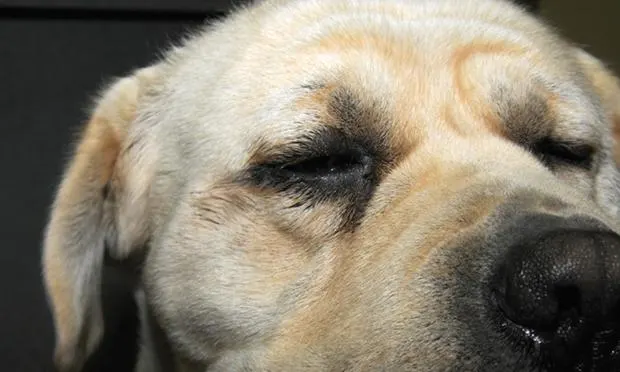What Does Low T4 Really Mean?

Clinical signs of hypothyroidism, a relatively common canine endocrinopathy, can be vague. Common signs include dermatologic disease, lethargy, obesity, and weakness. Other signs (eg, neurologic abnormalities, bradycardia, female infertility) are seen less frequently. Hypothyroidism usually affects neutered middle-aged dogs of either sex. Predisposed breeds include boxers, cocker spaniels, and golden retrievers. Breeds with naturally low total thyroxine (tT4) levels include giant schnauzers, sighthounds, and Irish wolfhounds.
Because breed, illness, drugs, and circulating autoantibodies can affect tT4 concentration, treatment based on this single measurement—especially in the absence of clinical signs—is not recommended. Drugs that can interfere with testing include carprofen, steroids, phenobarbital, and clomipramine. Free T4 (fT4) is considered the best diagnostic test for hypothyroidism but can be affected by some of the same factors as can tT4. Equilibrium dialysis for fT4 measurement eliminates false increases caused by autoantibodies and systemic illness.
Thyroid-stimulating hormone (TSH) levels can be normal in up to 25% of hypothyroid dogs but are usually unaffected by breed, illness, or drugs (except for antithyroid treatments and sulfonamide drugs). Autoantibodies suggest autoimmune thyroiditis, which may be a marker for future hypothyroidism but does not define current thyroid status. A combination of tests is recommended: tT4, fT4, and TSH for best sensitivity and fT4 and TSH for best specificity.
Cessation of levothyroxine for one week should allow normalization of tT4, fT4, and TSH concentrations. No feline-specific TSH assay is available, but the canine assay can be used with repeat fT4 or tT4 testing. Most cases of feline hypothyroidism are iatrogenic.